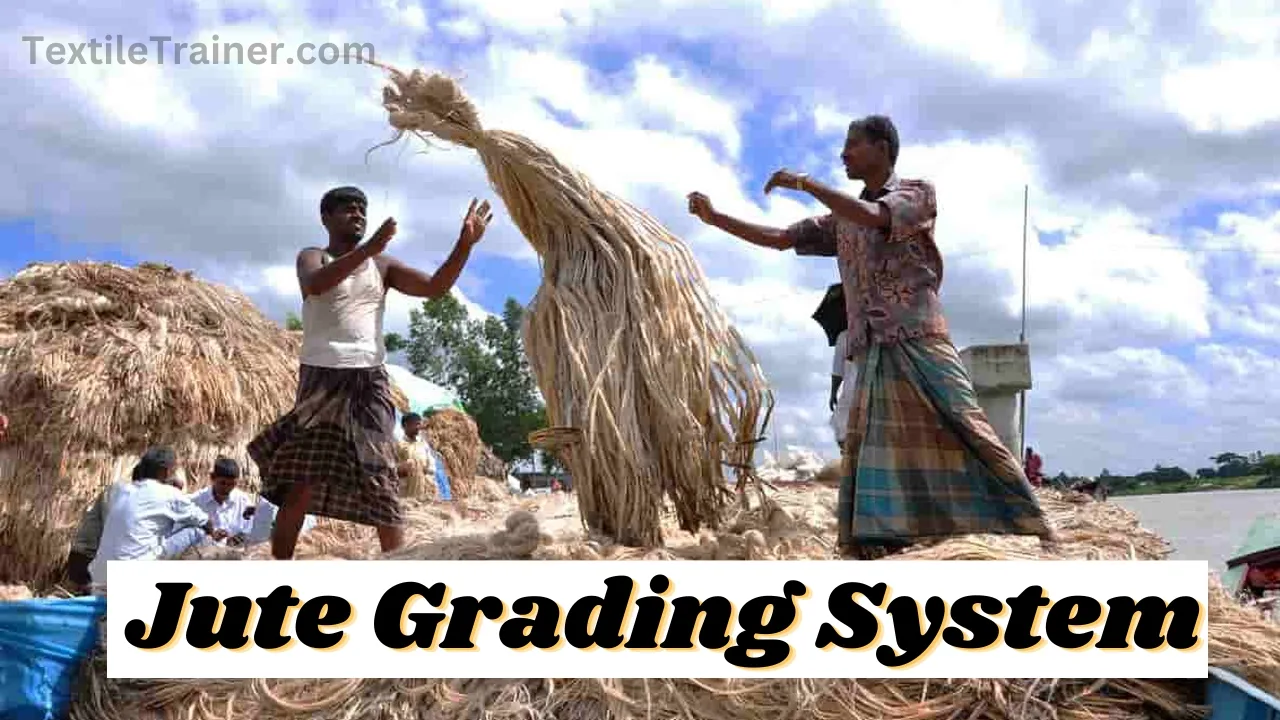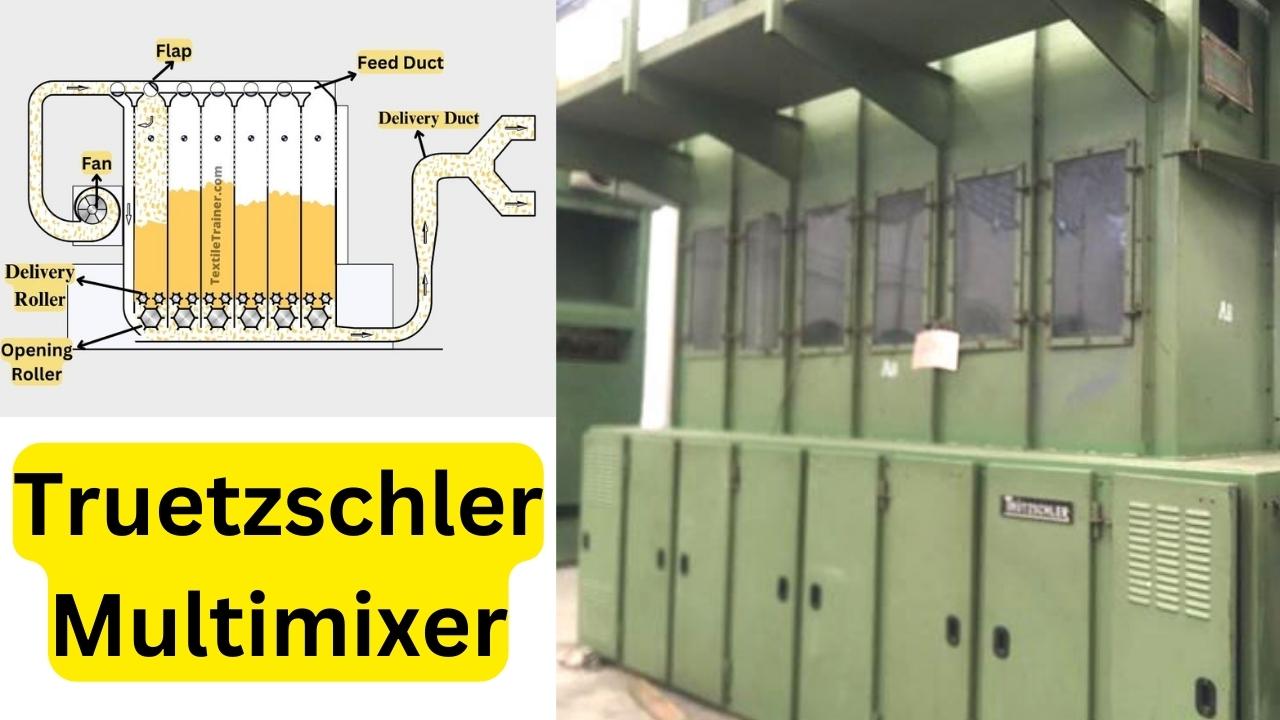Classification of Mixing and Blending of Cotton Fiber is Described Easy Way
What is mixing and blending of cotton?
Mixing: The mixing of fibers of the same kind, but of different grades, is known as mixing. Alternatively, mixing occurs when some fibers of different grades or origins are mixed together to create a product.
Example: Low graded cotton + high graded cotton= Mixing.
Blending: If fibers of different types, which could be equal or nearly equal grades, are mixed together within a certain ratio, then the mixture is called blending. Basically, blending is when different fibers of the same or different grade, and from different origins, are combined to make a product.
Example: 35% polyester+ 65% cotton= blending
Important of mixing and blending:
Below are some reasons why mixing and blending are important:
- Mixing and blending of cotton fibers are provide the end product with the desired characteristics.
- It is necessary to compensate for variations in raw material characteristics.
- Cost of yarn can be reduce by mixing and blending of fiber. so, in order to keep raw material costs low, mixing and blending process is done in spinning section.
- Achieving an effect by varying color, fiber characteristics, etc.
- It is important to maintain uniformity of yarn quality in spinning mill.It is possible to achieve uniform quality by mixing and blending.
- In mixing, waste cotton can be used.
- In order to meet the requirements of the function and end use.
Factors should be considered during mixing and blending
Mixing and blending affects the reduction of the final product through blend composition, fiber quality availability, and fiber proper variations. Blending influences carding process performance by controlling neps level variations, waste level variations, fly, roving twist variations, machine adjustment, and static electricity generation. Additionally, it influences the spinning process by controlling yarn twist variation, end breakage, machine adjustments, etc. Weaving, dyeing, and finishing are also influenced by mixing and blending.
Following factor should be considered during mixing and blending:
- Flexibility
- Tuft
- Color
- Fiber length
- Fineness
Classification of mixing and blending:
The classification of mixing and blending can done basis on different parameter.
Classification of mixing:
1. According to machine used
- Hopper mixing: the mixing which occurred through hopper machine.
- Scutcher mixing: the mixing which is occurred through scutcher machine.
- Card mixing: the mixing which is occurred through carding machine.
- Draw frame mixing: the mixing which occurred through draw frame machine.
2. According to laying order.
- Stack mixing: in stack mixing, fiber mixed one upon another.
- Normal mixing: in normal mixing, all fiber are mixed together.
3. According to measurement.
- Weight mixing: the mixing which occurred according to weight.
- Volume mixing: the mixing which occurred according to volume.
4. According to metering
- Metered mixing: in metered mixing, mixing occurred with metering.
- Random mixing: in random mixing, mixing occurred without metering.
Classification of blending:
The classification of blending can done basis on different parameter as:
1. According to layer:
- Stack blending.
- Normal blending.
2. According to order of distribution
- Controlled blending: In controlled blending, there is order of regular, order of fashion, order of metering.
- Uncontrolled blending: in uncontrolled blending, there is no order of regular, no order of fashion, on order of metering.
3. According to the different process
- Bale blending:- bale blending is done before blow room. Here 6-60 bales are blending.
- Flock blending:- it is done within the blow room.
- Lap blending:- here 4-6 laps are blending each other by using the doubling scutchers.
- Web blending: this blending is done at the ribbon lap machine.
- Sliver blending: sliver blending is done at the draw frame.
- Fiber blending: this type of blending is done at the carding machine.
- Roving blending: roving blending is done at the ring spinning machine.
References
- Chowdhury, M. F. (2016). Manual of Short Staple Spinning . Dhaka: Granthanir Prokashoni.
- Hossain, M. S. (2014). Introduction to Textile Engineering. Dhaka: Books Fair Publications.
- Kadolph, S. J. (2009). Textiles. New Delhi: Dorling Kindersley.
- Siddique, D. H. (n.d.). Natural Fibers. Dhaka.



